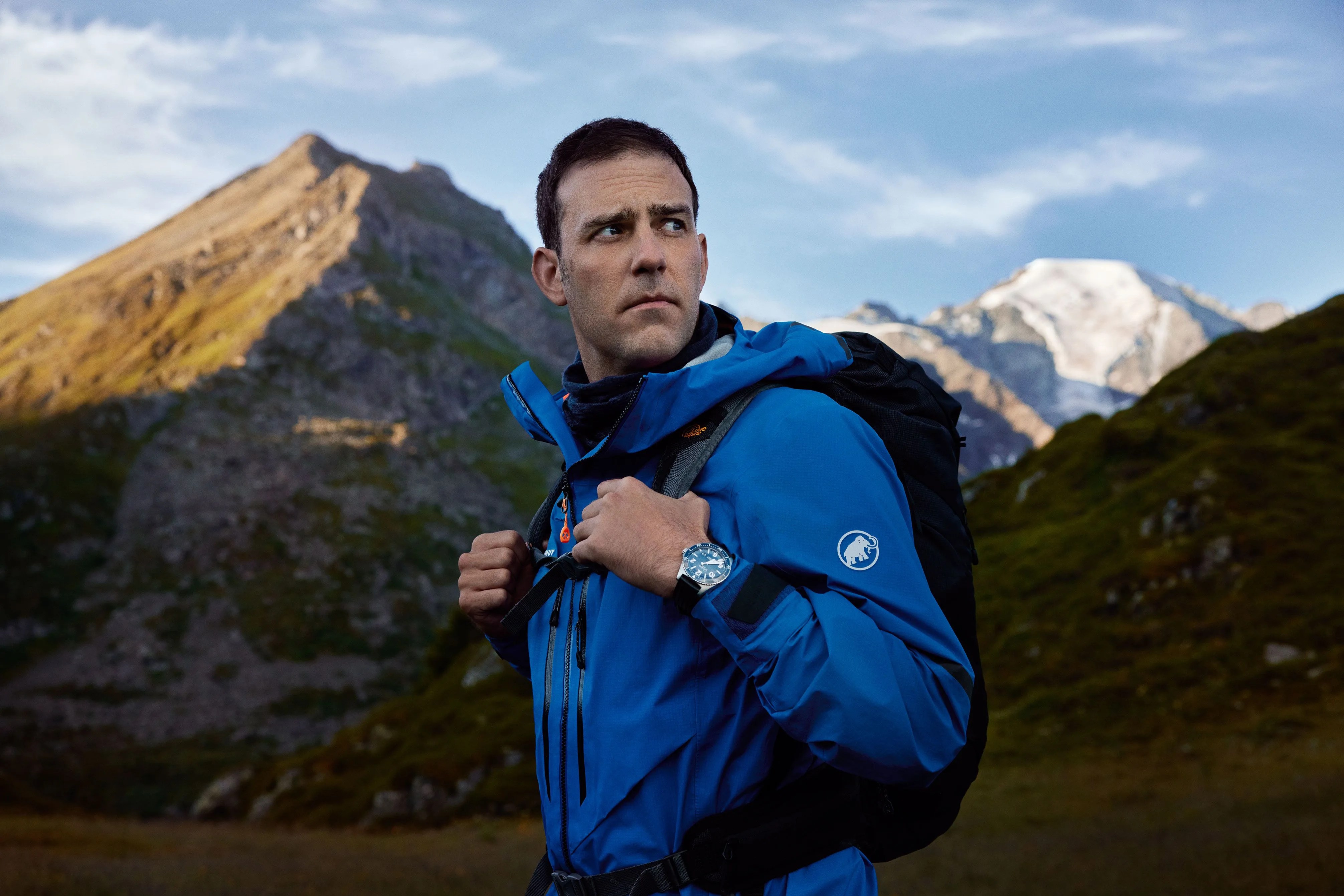Award-winning adventurer, photographer, documentarian and television personality Ryan Pyle has explored every exotic corner of the globe to delve into myriad cultures, survey the wilderness and uncover fascinating stories about our world. His photography has graced the pages of The New York Times, The Wall Street Journal, TIME and more; his adventure television series Extreme Treks and Tough Rides have followed exploits across continents, and he has set a Guinness World Record for the longest motorcycle ride. Most recently, Pyle was named brand ambassador for fine watchmaking brand Glashütte Original. Pyle’s personal brand of adventure and discovery pairs well with the brand’s slogan, “Proud to Be Original.”
Ryan Pyle, Adventurer & Glashütte Original Brand Ambassador
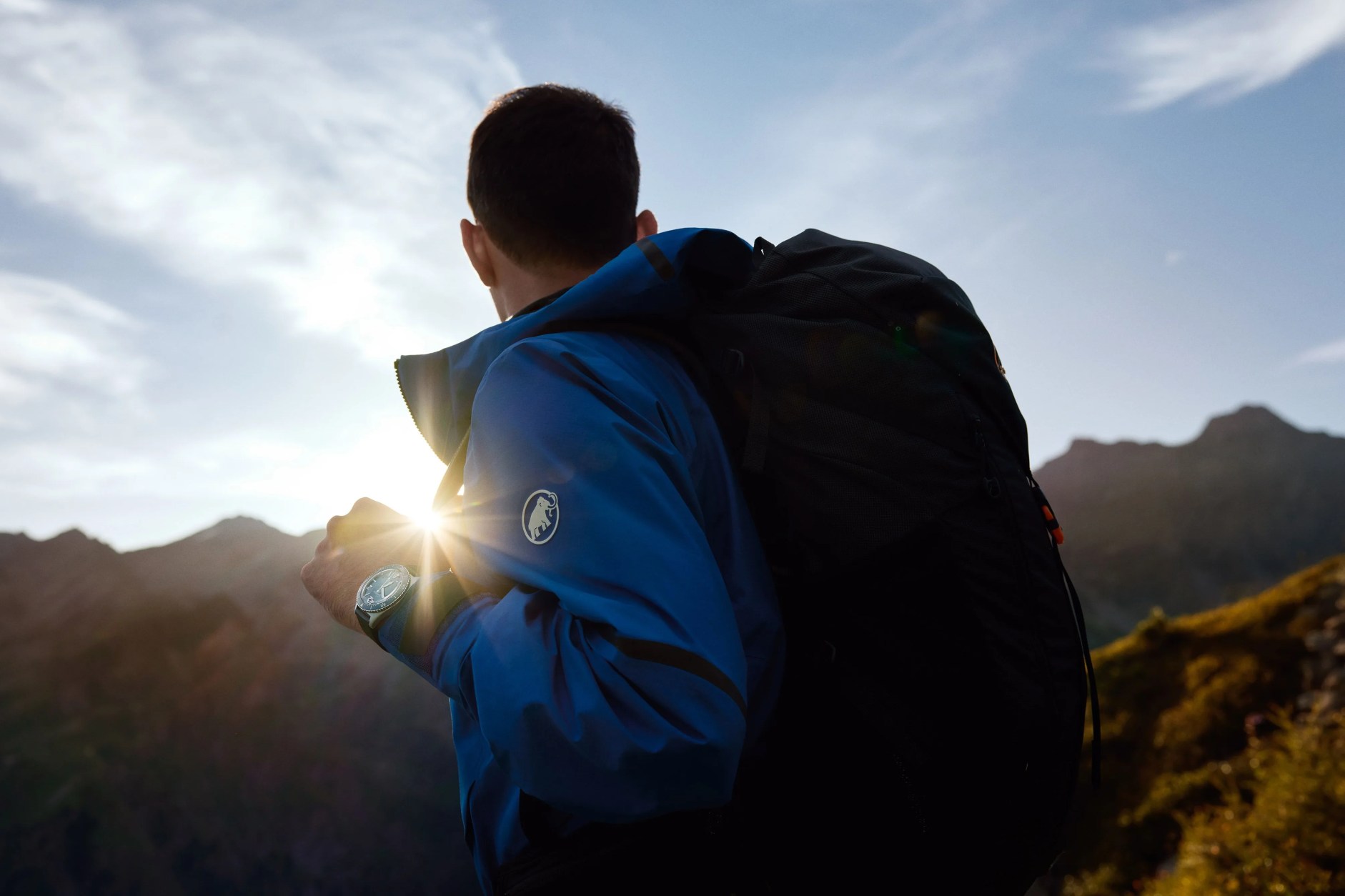 Gear Patrol Studios
Gear Patrol Studios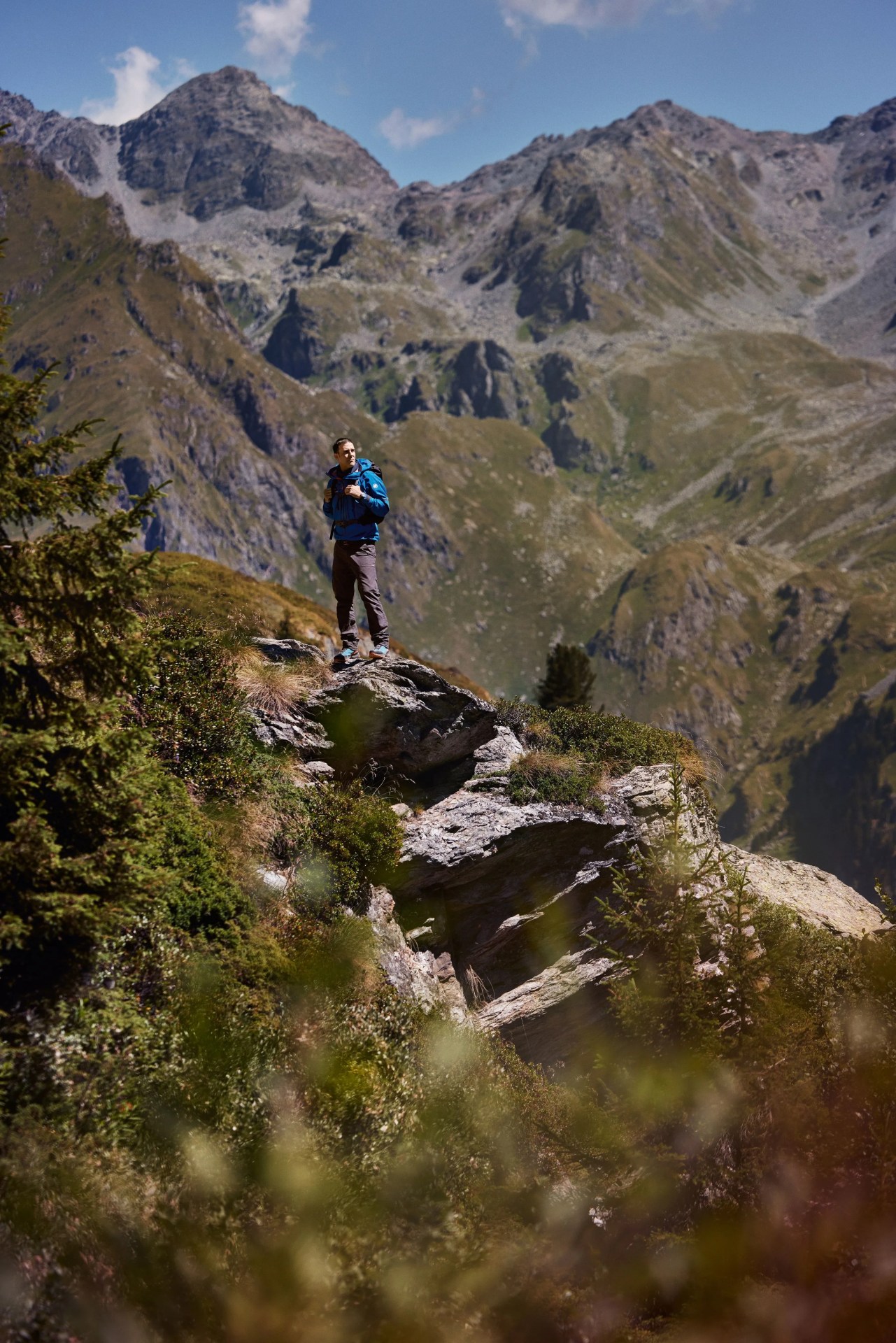 Gear Patrol Studios
Gear Patrol Studios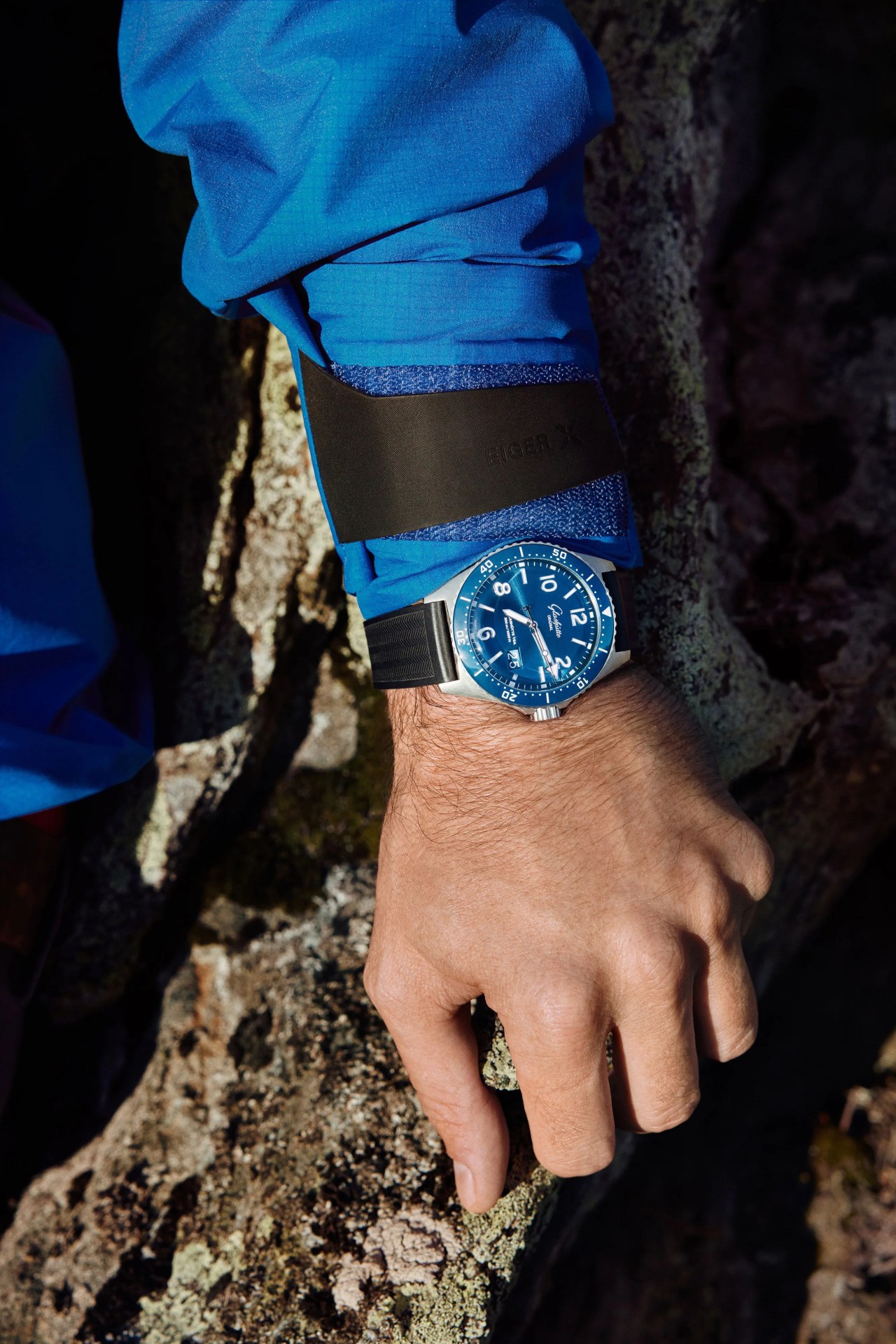 Gear Patrol Studios
Gear Patrol Studios Gear Patrol Studios
Gear Patrol StudiosWe recently caught up with the adventurer to discuss his multifaceted career, endless curiosity and blossoming partnership with Glashütte Original. Pyle tuned in from his home among Switzerland’s beautiful mountains, where he has staved off pandemic lockdown restlessness with several-hour treks each day – with a Glashütte Original strapped to his wrist, naturally.
G: Let’s start from square one. How did your relationship with Glashütte Original come to be, and what makes you such a good match for each other?
Ryan Pyle: I started making independent adventure content in 2010. I was funding it myself and for 10 years I was just trying to raise money to keep chasing my dream. I had been in touch with Glashütte Original several times, and eventually, they said, “We really like what you’re doing. We like the authenticity and the adventure.”
It takes years before people recognize you with a brand, so it was really good to find a partner that had a long-term vision. Glashütte Original is not like other watch companies that are hiring big Hollywood celebrities. They wanted to find people with more authentic stories to share their brand vision. It has been a lot of fun sharing this idea that you can write your own adventure, you can have your own adventures, you can get out into the world and do things.
Q: Some folks might not associate a fine timepiece with your brand of adventure. You wear a SeaQ Panorama Date, specifically. How do you blend the two?
RP: You’re right. I think getting into this adventure branding is definitely new for them. They’re trying to build out a niche market with a well-made timepiece that is up for a beating, a watch that people can go out and use. I’m taking it out into the real world and putting it up against the elements.
I think there’s some romanticism about writing your own adventure and having a watch that personifies that spirit of freedom. And I’m very humbled to be the face of that.
 Gear Patrol Studios
Gear Patrol Studios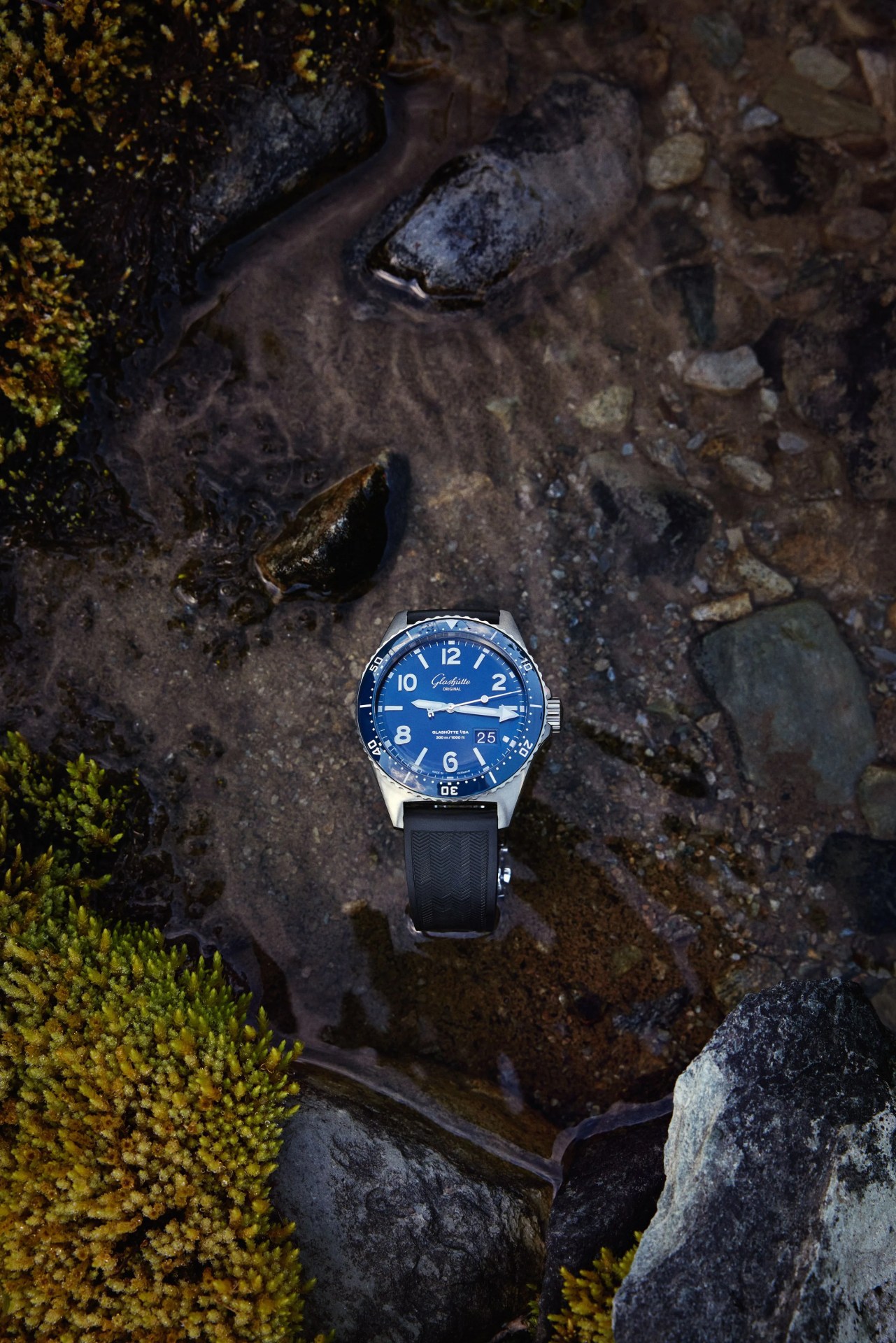 Gear Patrol Studios
Gear Patrol Studios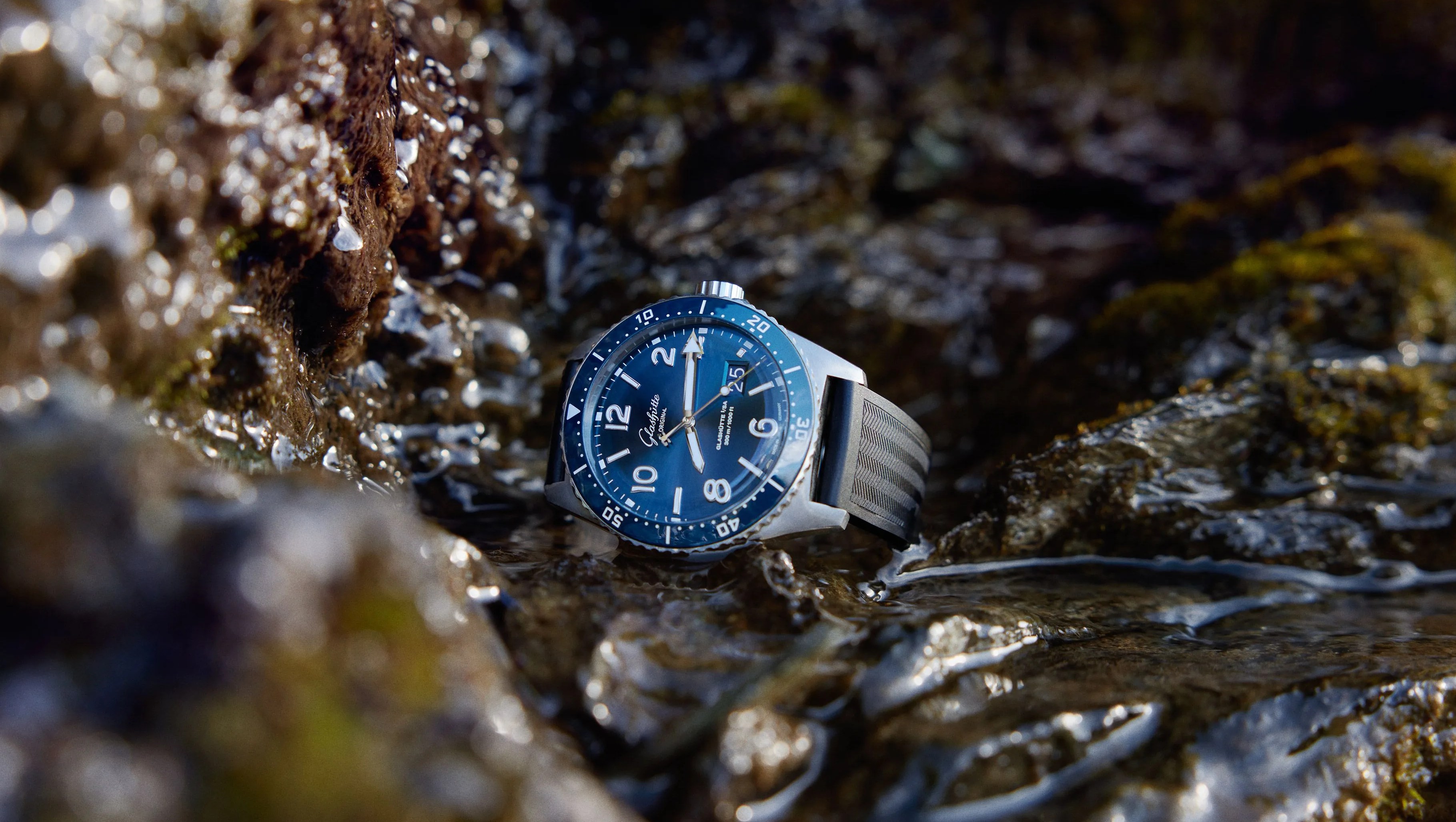 Gear Patrol Studios
Gear Patrol StudiosQ: What’s your quick review of the SeaQ Panorama Date?
RP: The watch is strong. I definitely take it out with me in the field all the time, and it’s a wonderful masterpiece of handmade genius. It’s really a heavy, beautiful watch. And I love mechanical watches because when we go out into the wild for 10, 12 days you can’t have something on your wrist that’s not going to work in eight hours if you don’t plug it in. I mean, that’s just not a reality. And I’ve always been interested in the nuances of the minute pieces that are all just perfectly crafted. It’s truly an art form. It’s amazing to be able to carry that with me on my adventures and share it with my audience as well.
Q: That brings to mind historical explorers traversing unknown territory 100 or 200 years ago.
RP: That’s actually part of the branding: “being original.” Be yourself, don’t try to copy other people, and be authentic. And again, it’s humbling that they think I’m authentic enough, or original enough, in what I’m trying to do. And I’m not just selling out and making reality TV with fake suspense and fake drama and fake sequences just to get ratings.
Q: Where has the watch traveled with you, and where will it go next?
RP: Well, this is the thing. It’s been a bad two and a half years because of COVID. In 2019, I filmed 12 episodes of TV in 12 months, and I gave 46 speaking events. I filmed in China, the Philippines, Indonesia, Malaysia, Mongolia, Taiwan, Thailand, India and Hong Kong. I was doing events in Las Vegas, LA, London and Bali. So I was really moving. And then 2020 happened, and I was in Ethiopia filming an episode of my show on March the 19th when the world closed. And then I wasn’t able to go back to my home in Dubai. So I ended up in Istanbul for four months in lockdown, and then I got out of Istanbul, but then we got locked down again in November 2020. So 2021 was actually the first year that I haven’t made television since 2009.
And we launched the partnership in October, so the watch has only been with me in the UAE for the wintertime and here in Switzerland. But I’ve done rock climbing in Switzerland, and we’ve done a lot of hiking.
There’s no production insurance against COVID. Until there’s some confidence that we can just get back to roaming the world freely again, it’s just going to be hard to get back to that lifestyle. Hopefully, I’ll start really smashing this watch up and getting it all over the world again soon.
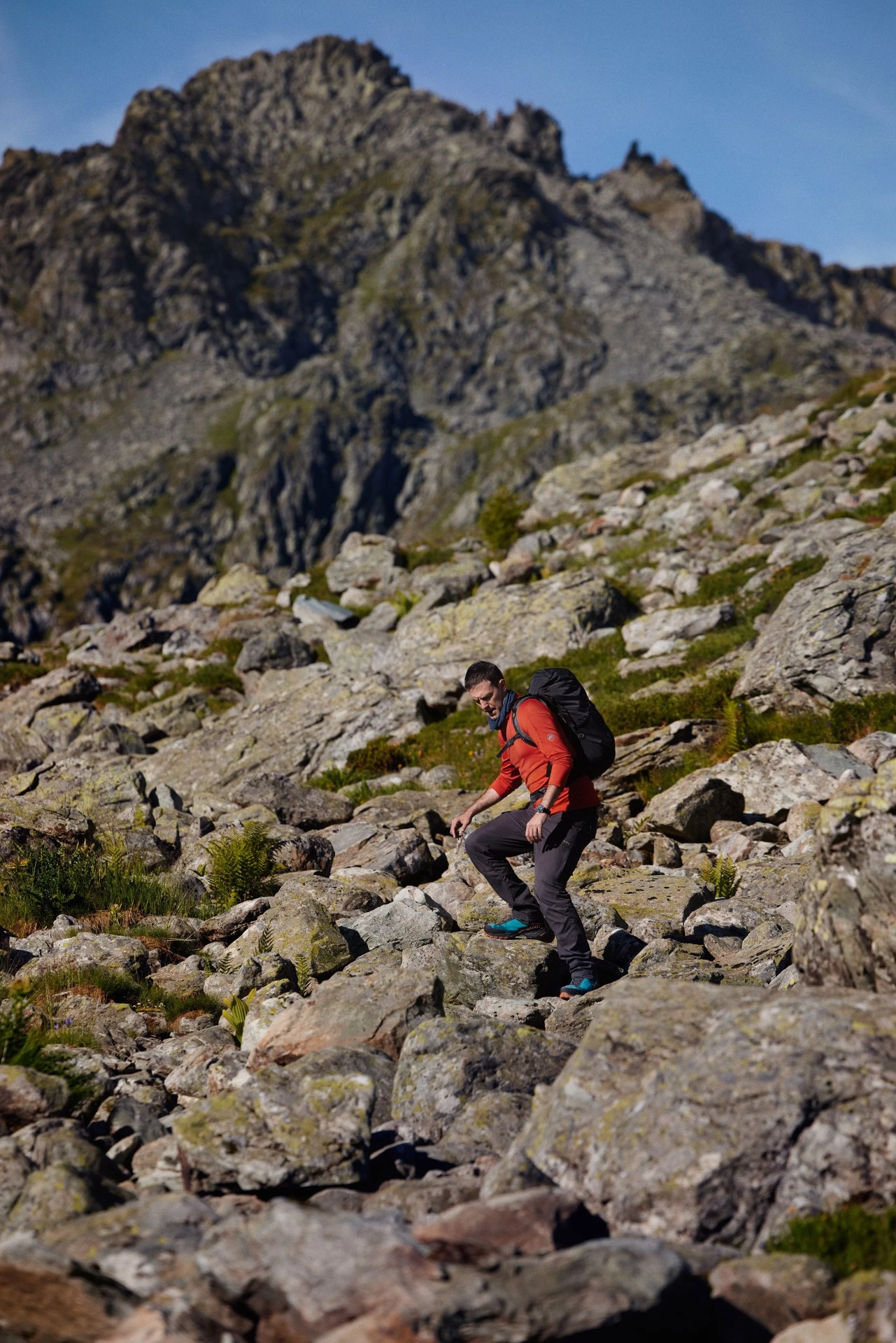 Gear Patrol Studios
Gear Patrol Studios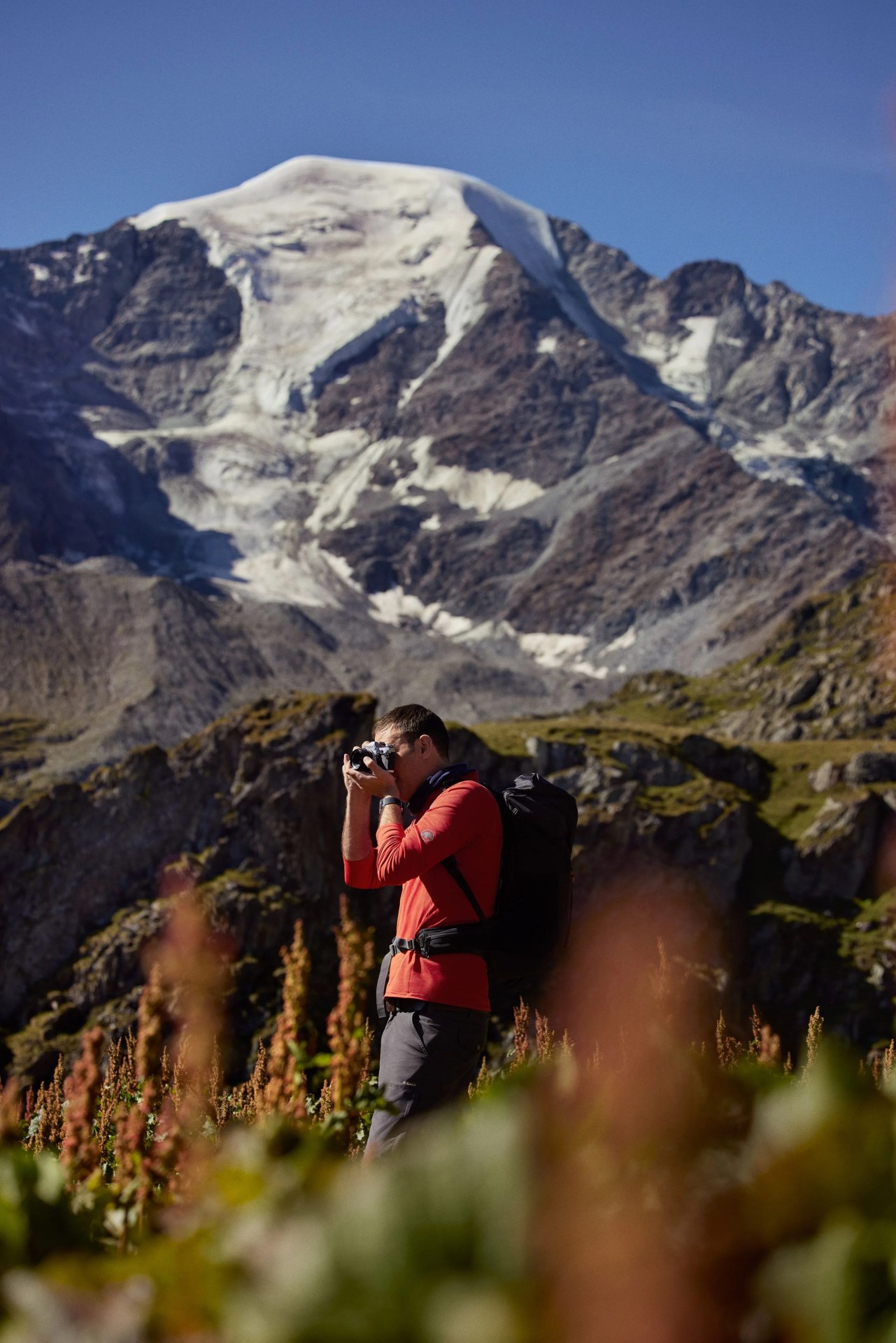 Gear Patrol Studios
Gear Patrol Studios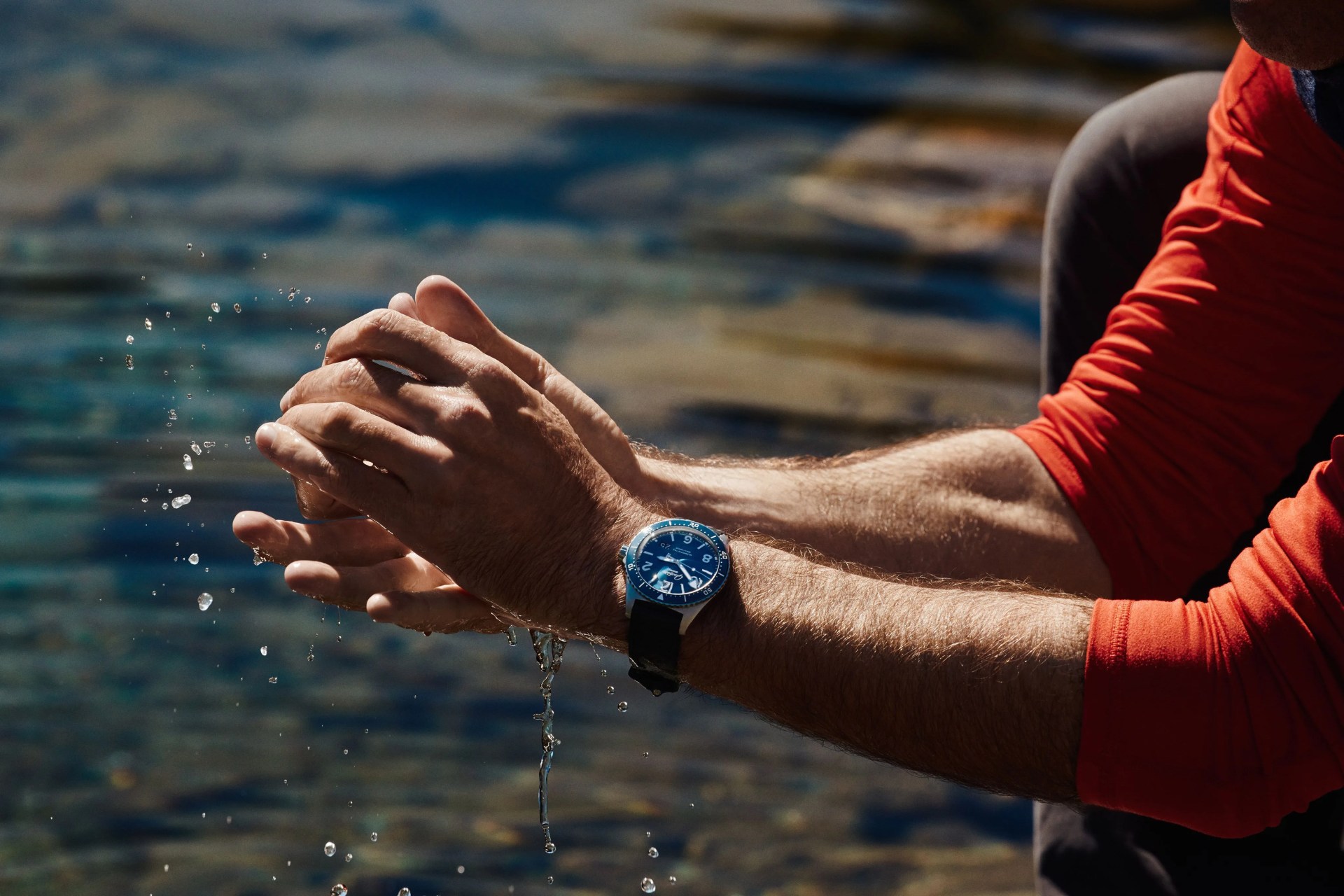 Gear Patrol Studios
Gear Patrol StudiosQ: Have you found any parallels between Glashütte Original’s approach to watchmaking and your past and future adventures?
RP: I mean, it’s all the same. I’ve been constantly curious since I was a child. I always have to be striving to learn new things, and to understand new things, and to be in new environments – and to be with new people. The company has been around for over 175 years, and now they’re using my story to push the brand in a bit of a different direction; or a bit of a new direction.
I visited the factory to see how they’re actually making the watch that’s on my wrist. Every time I look down at the dial, I remember what’s inside of it. So, I need to feed my curiosity, which is why I moved to China when I was 22 and that’s how I got into journalism and became a photographer, and then television fed that. And now getting the chance to partner with Glashütte Original has opened my eyes to really the beauty and the intricacy of making timepieces, and just having a deeper level of respect for them.
Q: What stuck with you after your visit to the factory?
RP: That I’m really clumsy. I got to try stamping this plate [with a professional watchmaker]. She did it in one line, and then I had to replicate it. And I’m all thumbs. I couldn’t do it. I’m watching these incredibly talented people just move all these small, tiny, intricate pieces.
And I wonder, “How long is this going to last?” There’s not a lot of fine watchmakers left on this planet. It’s kind of terrifying. We might be three generations away from not having people who can make mechanical watches. These watchmakers are part of a tradition. Their parents and their children and their grandchildren are all in this industry. And when you see the pedigree and when you see the lineage that these people are part of, it’s just pure respect.
I’ve been to Scotland several times and I love visiting distilleries and seeing how the whisky is made. There’s a lineage there as well. The families and generations all work for these whisky companies.
When I’m traveling all over the world, I see generations of people doing the same job, not because they don’t have choices. But because they’re proud to do it or because they’re proud to follow in their parent’s footsteps. Or they’re proud to be part of the brand that they’re associated with. I think that speaks volumes to what that industry does for its workers and how important those watchmakers are to the brand.
And you definitely feel it at the watch factory. They’ve renovated, but you feel the tradition through the people there. I think that’s the most exciting thing. And I think that’s what makes it a luxury product. It’s the hours that go into it. And that’s what you carry on your wrist … that tradition and connection to the people.
Why is listening to music on a record player such a beautiful thing? It’s being connected to something that’s beyond just the music. Watches are about being connected to something beyond just telling the time. And that’s what I think traditional handmade watches are. You’re connected to something that’s bigger than just, “Oh, what time is it?”
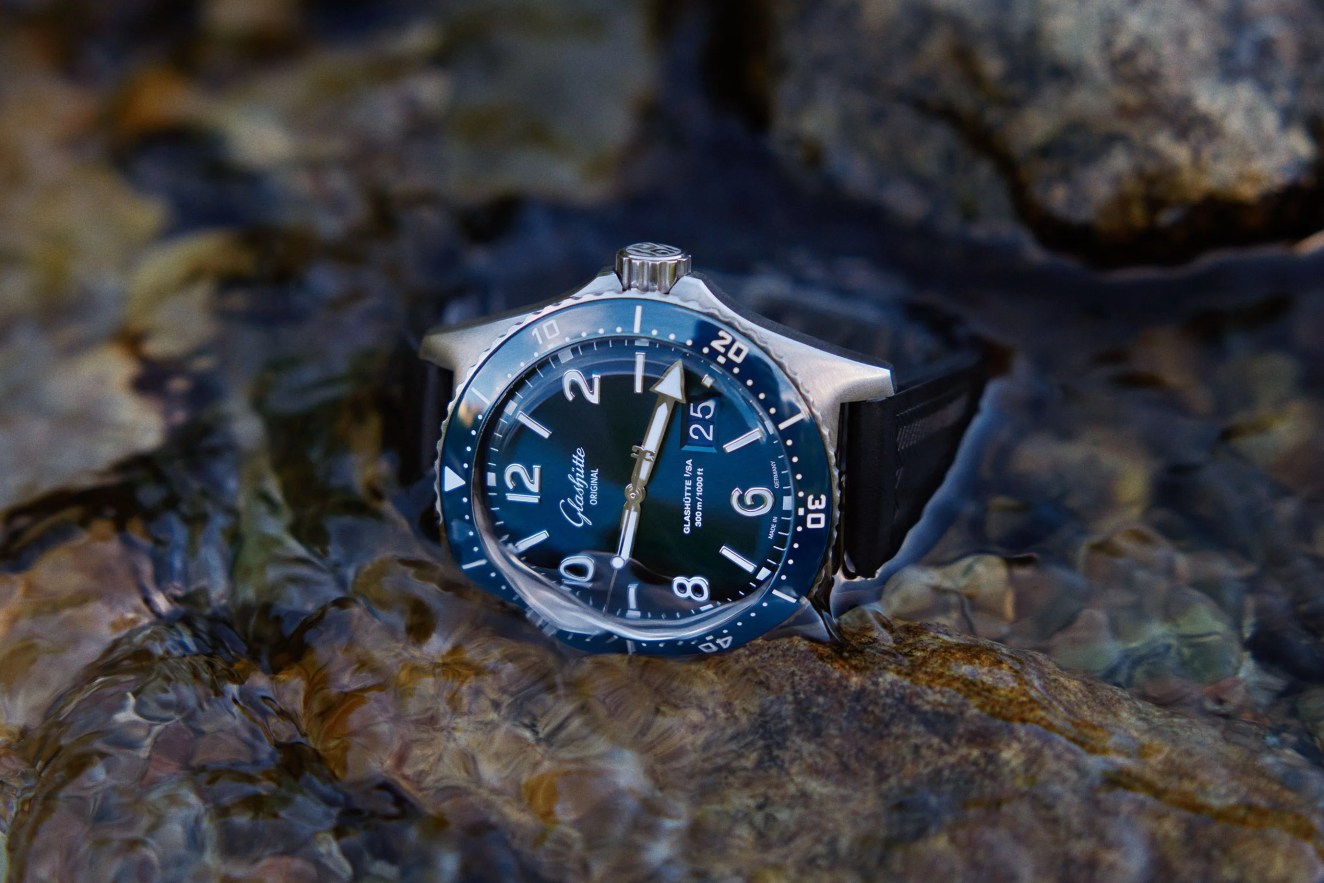 Gear Patrol Studios
Gear Patrol Studios Gear Patrol Studios
Gear Patrol Studios
